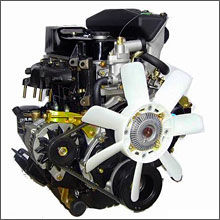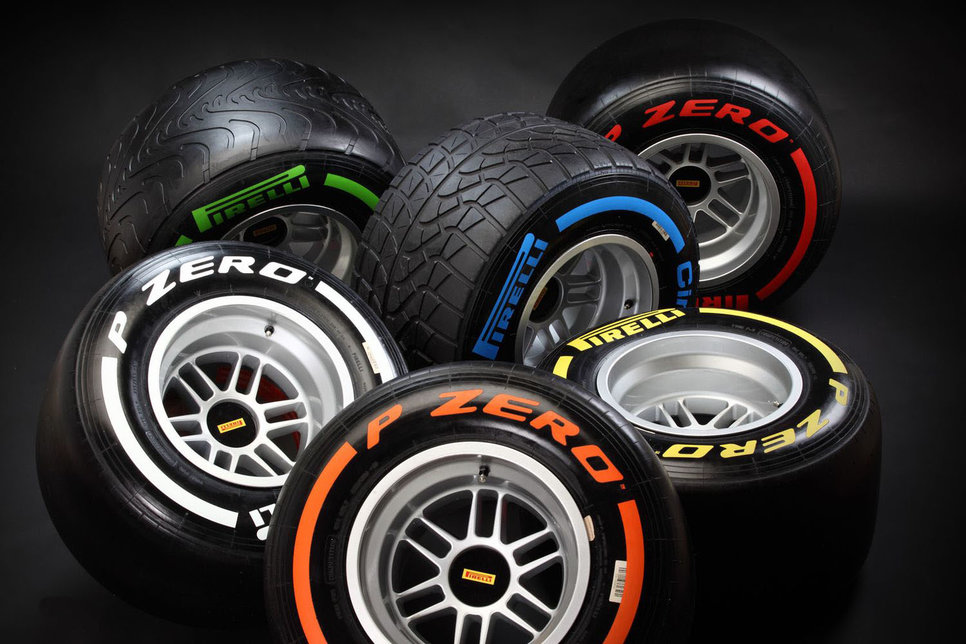
The Andrychów S320 Andoria engine is a Polish single-piston agricultural engine.
Content
How much power can be squeezed out of one cylinder? The S320 diesel engine has proven that efficient machine drive does not have to be based on large units. Check out what you need to know about it.
Andoria units, i.e. S320 engine - technical data
The diesel engine plant in Andrychov produced many of the designs known to this day. One of them is the S320 engine, which has undergone several upgrades. In the basic version, it had one cylinder with a volume of 1810 cm³. The injection pump was, of course, single-section, and its task was to feed the needle nozzle. This unit produced 18 horsepower. The maximum torque is 84,4 Nm. In subsequent years, the engine was improved, which entailed a change in equipment and an increase in power to 22 hp. The recommended operating temperature of the engine was in the range of 80-95°C.
Technical features of the S320 engine
If you delve a little into the technical specification, you can see some interesting details. First of all, this unit was based on manual start. It was installed on the right side when viewed from the air filter side of the engine. In later years, electric starting was introduced using a starter motor. Seen from the head, there was a large toothed flywheel to the left of it. Depending on the version, the Andoria engine was crank-started or automatic.
The most important modifications of the S320 engine
The basic version had a power of 18 hp. and weighed 330 kg dry. In addition, it had a 15-liter fuel tank, a large air filter and was cooled by evaporating water or blowing air (smaller versions of the "esa"). Lubrication was carried out with mineral motor oil distributed by spraying. Over time, more versions were added to the range of units - S320E, S320ER, S320M. They differed in electrical equipment and the way they were started. The latest, most powerful version had a different fuel injection timing compared to the S320 type. The Andoria S320 was originally a horizontal piston engine. This changed with the release of subsequent designs.
S320 engine and its subsequent variants
All variants of the S320 and S321 power units, as well as the S322 and S323, had one thing in common - the cylinder diameter and piston stroke. It was 120 and 160 mm, respectively. Based on the connection of successive cylinders arranged vertically, the engines used to drive threshers and agricultural machines were created. The S321 variant is basically a vertical design, but with a slightly larger displacement of 2290 cm³. The power of the unit at 1500 rpm was exactly 27 hp. Engines based on the ES, however, were based on the power of the original and were a multiplication of 1810 cm³. So the S322 had 3620cc and the S323 had 5430cc.
The most popular ideas for using the S320 engine
Factory versions of the described engine served as electric generators and a power source for threshers, mills and presses. The single-cylinder diesel engine was also used in homemade agricultural vehicles. Two-cylinder versions of the 322 were also seen in other modifications, such as the Mazur-D50 caterpillar agricultural tractor. They could also be found with larger S323C units, to which a powerful starter was added. Currently, home builders are taking advantage of the opportunities offered by this unit and using it in a variety of ways.
A slightly smaller variant of the S320 i.e. S301 and S301D.
Over time, a slightly smaller type from the "S" family was introduced to the market. We are talking about the S301 unit, which had a volume of 503 cm³. It was definitely lighter (105kg) than the original at 330kg. Over time, a certain change was made to the diameter of the cylinder, which increased from 80 to 85 cm. Thanks to this, the working volume increased to 567 cm³, and the power to 7 hp. The small "esa" variant was an excellent proposition for driving small agricultural machines, also due to its small size.
The S320 engine and variants are still sold today, especially in countries that do not have strict emission regulations.
Photo. Credit: SQ9NIT via Wikipedia, CC BY-SA 4.0
